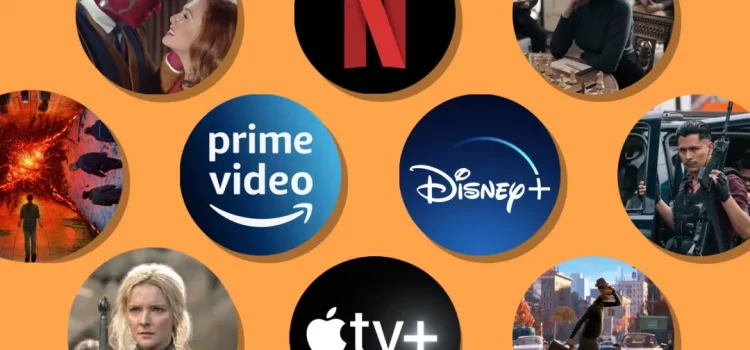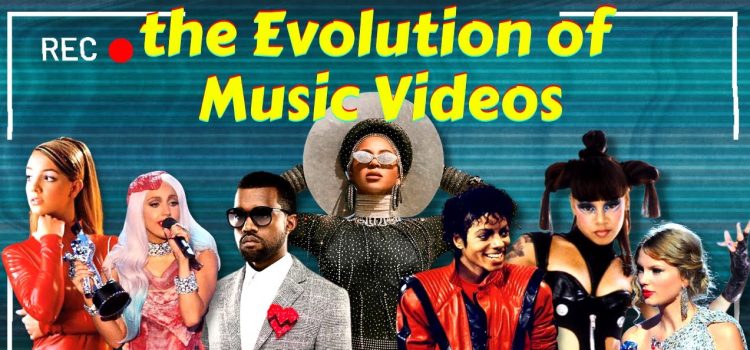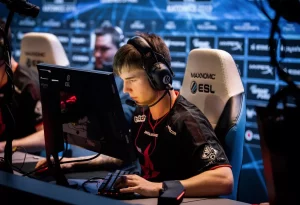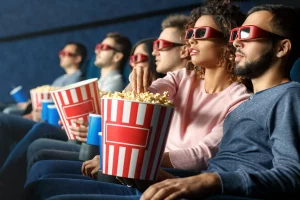
Introduction
In the ever-evolving landscape of digital entertainment, streaming platforms are locked in an intense battle for viewership in 2024. This competition has never been fiercer, as companies employ innovative strategies to attract and retain subscribers. This article delves into the key tactics that streaming giants are using to out maneuver their rivals and secure a larger share of the market.
The Current State of the Streaming Competition

The streaming industry has seen explosive growth over the past decade, with a multitude of platforms emerging to challenge the dominance of early pioneers like Netflix and Hulu. As of 2024, the market is saturated with options, ranging from global powerhouses such as Disney+ and Amazon Prime Video to niche services like Shudder and Criterion Channel. This proliferation of choices has led to an intense streaming competition, with each platform striving to differentiate itself through unique content, pricing strategies, and technological innovations.
Content is King
One of the most significant battlegrounds in the streaming competition is content. Exclusive, high-quality programming is a primary driver of subscriptions, and platforms are investing billions in original productions. Netflix continues to lead the charge with a diverse slate of content, from critically acclaimed series like “Stranger Things” to Oscar-winning films like “The Irishman.” However, competitors are not far behind. Disney+ leverages its vast library of beloved franchises, including Marvel, Star Wars, and Pixar, while also producing new, exclusive series and movies.
Amazon Prime Video has also made significant strides, securing high-profile projects like “The Lord of the Rings: The Rings of Power” and expanding its sports offerings with exclusive streaming rights to NFL games. Meanwhile, Apple TV+ is focusing on quality over quantity, producing critically acclaimed series like “Ted Lasso” and “The Morning Show.”
Pricing Wars
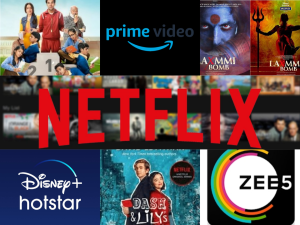
In addition to content, pricing strategies play a crucial role in the streaming competition. Platforms are experimenting with various pricing models to attract and retain subscribers. Netflix, for instance, offers multiple tiers, including a basic plan, a standard plan, and a premium plan with enhanced features like 4K streaming and multiple simultaneous streams. In contrast, Apple TV+ has positioned itself as a more affordable option, offering a lower monthly subscription fee and bundling its service with other Apple products.
Disney+ has also adopted a competitive pricing strategy, offering a bundle that includes Hulu and ESPN+ at a discounted rate. This approach not only provides value to consumers but also encourages them to remain within the Disney ecosystem. Additionally, some platforms are exploring ad-supported tiers to offer lower-cost or even free options, as seen with Peacock and HBO Max’s ad-supported plans.
Technological Innovations

Technological advancements are another critical factor in the streaming competition. Platforms are continually enhancing their user interfaces, recommendation algorithms, and streaming quality to improve the viewer experience. Netflix, for example, has invested heavily in its recommendation engine, using artificial intelligence and machine learning to suggest content tailored to individual preferences.
Amazon Prime Video has focused on integrating its service with other Amazon products, such as Alexa and Fire TV, to create a seamless viewing experience. Meanwhile, Disney+ has introduced features like Group Watch, allowing subscribers to watch content together remotely, fostering a sense of community among viewers.
Global Expansion
As the streaming competition intensifies in established markets, platforms are increasingly looking to international markets for growth. Netflix has led the way in global expansion, with a presence in over 190 countries and a growing library of international content. Disney+ is also rapidly expanding its footprint, launching in new territories and producing localized content to appeal to diverse audiences.
Amazon Prime Video and Apple TV+ are similarly focused on global growth, investing in original productions from various regions and offering multilingual support. By catering to international audiences, these platforms can tap into new subscriber bases and mitigate the saturation of their home markets.
Partnerships and Acquisitions

Strategic partnerships and acquisitions are another avenue through which streaming platforms are bolstering their competitive positions. Disney’s acquisition of 21st Century Fox, for instance, brought a wealth of content and intellectual property under its umbrella, strengthening its streaming offerings. Similarly, Amazon’s acquisition of MGM provided access to a vast library of films and television shows, enhancing its content portfolio.
Collaborations with content creators and production studios are also common, enabling platforms to secure exclusive rights to highly anticipated projects. These partnerships not only enhance the content library but also generate buzz and attract new subscribers.
Conclusion
The streaming competition in 2024 is characterized by fierce rivalry, with platforms vying for viewership through a combination of compelling content, strategic pricing, technological innovation, global expansion, and strategic partnerships. As the industry continues to evolve, consumers stand to benefit from an ever-growing array of choices and an increasingly immersive viewing experience. The battle for dominance in the streaming market shows no signs of abating, promising an exciting future for digital entertainment.








